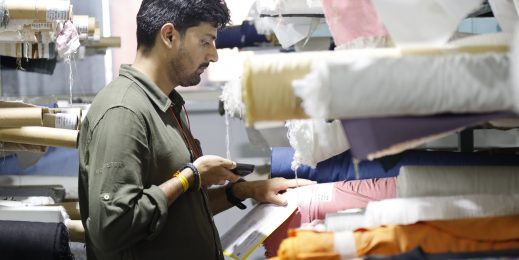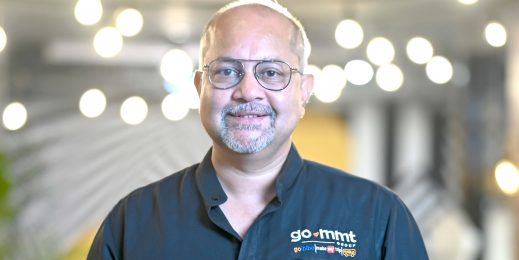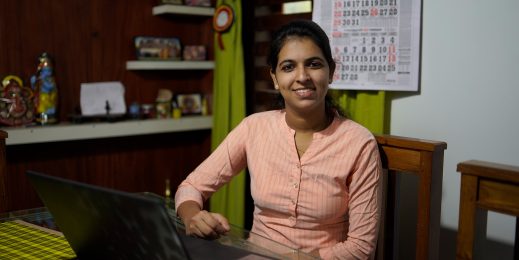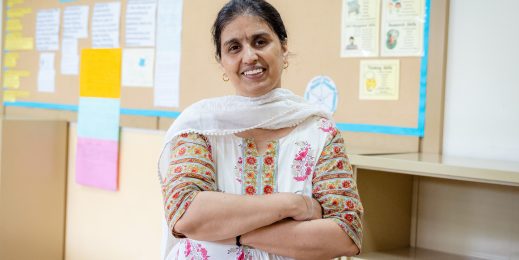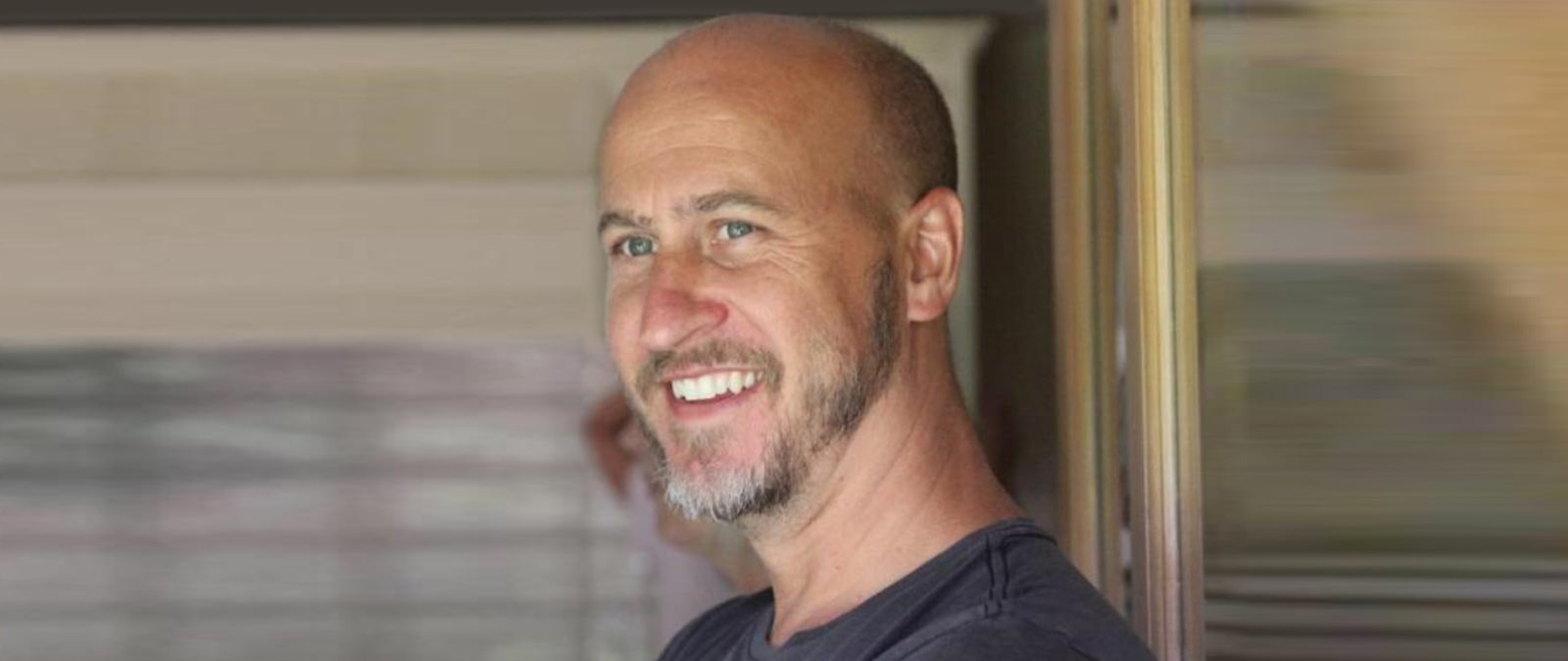
AI is reducing barriers for people with disabilities to enter the workforce: Hector Minto
He walks into the meeting room and starts talking about the Indian Premier League (IPL), a popular club cricket tournament in India, and team jersey colors. “Imagine two teams playing in blue and yellow jerseys on a green cricket pitch,” he says.
As hard as I try to imagine Chennai playing Mumbai at the Wankhede stadium, I’m left wondering whether I am in the right room and if he’s the person I’m supposed to be talking to about Microsoft’s role in making the physical and digital world accessible to everyone.
As it turns out, he is indeed the one.
“You may not realize but people with color blindness might not be able to see an IPL match between Chennai and Mumbai. And that’s a Windows moment. On Windows 10, you can select a color filter in the ease of access settings that enables people with color blindness to access that content. It is built-in by default and you don’t need to add anything,” he exclaims without skipping a beat.
Seeing the confusion writ large on my face, he clarifies, “We don’t live in a world where there’s enough voice on disability for a majority of people to consider the accessibility requirements of diverse groups. As Microsoft, we design these experiences to enable people to turn to a routine tool and feel included.”

Meet Hector Minto, Microsoft’s Senior Technology Evangelist for Accessibility, based out of Oxford, UK. A chemistry graduate, he’s been working in the accessibility technology space for over two decades. From selling specialized devices that include a page turner for people who can’t move their limbs to talking computers called Lightwriters from Toby Churchill to helping people who can’t speak communicate, he’s even worked with the late Professor Stephen Hawking on his communication aid.
“I was amazing at Chemistry in school. I was set to go and work for a pharmaceutical company but two-and-a-half years into university I hated it,” he laughs.
As a child, Minto had considerable experience interacting and working with people with disabilities, thanks to his mother who was a teacher. His first sales job, selling the page turner, took him across the country, where he got to understand the needs of people with disabilities. This led to his passion for alternative communication and helped him carve a career around assistive technology for people with disabilities.
And 20 years later, he’s here at Microsoft following his passion about using technology as a leveller for people with disabilities. The long wait notwithstanding, he feels there’s never been a better time to work in the disability technology space.
“You know it’s not a niche if one in six people in the world have a disability of some form. This is a huge opportunity for society, to get it right, to build technology that supports everyone—not just people that can use a keyboard and a mouse or a touchscreen in the expected way,” he says.
But Minto and his peers have their work cut out. Even if the technology exists, and it does, getting the society to acknowledge the need, and more importantly organizations to understand the business imperative of inclusion is easier said than done.
Trivia: Most websites in the world are not accessible to people with disabilities. These include online businesses, which are losing out on business because they are not addressing a significant chunk of the population.
According to Gartner, organizations that actively employ people with disabilities experience 89% higher retention rates, a 72% increase in employee productivity and a 29% increase in profitability. The problem, according to Minto, is two-fold. Firstly, organizations need to deliberately be more inclusive when it comes to hiring, only then will they acknowledge and appreciate the importance of accessibility.
“There are people using technology in different ways that they don’t understand because they’ve no representation of people with disabilities in their organization. You don’t make the change unless you’ve got good representation,” he explains.
But even if an organization understands the need to make their products more accessible, there’s another barrier.
“As soon as you talk about accessibility, most businesses think about costs. What they don’t know is that AI tools are basically making it free, they just haven’t deployed it. We have to let people know that some of those cost burdens or what they might think of as a hassle to deploy is now commonplace,” he adds.
The point Minto makes here is that most organizations that use Microsoft products and services already have accessibility tools built-in that does not require them to incur any costs. And with AI coming into the picture, he feels that there is no reason for anyone not to build with accessibility in mind.
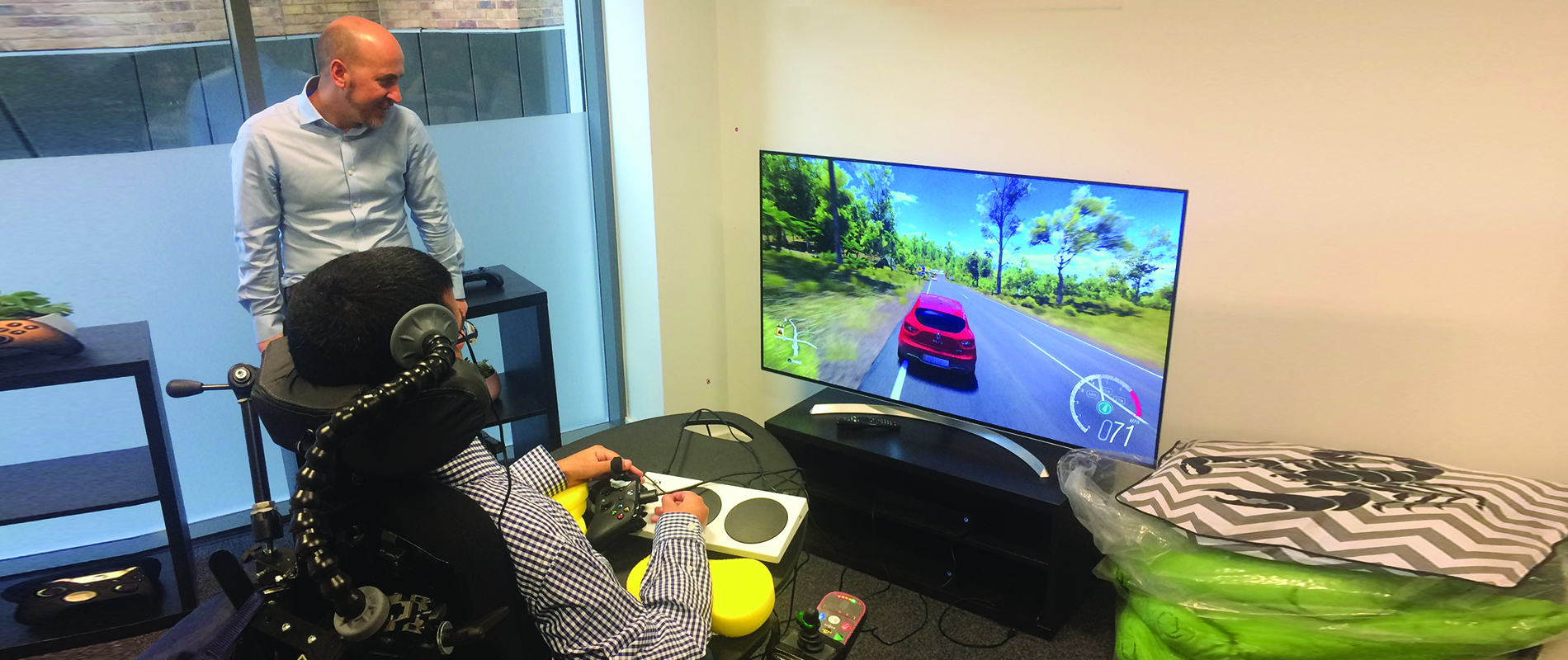
“Cognitive AI services can do some of the things humans do well–see, hear, perceive, and process. The experts in how technology can help the human experience may well be those with a disability. For example, a person who is blind will have a very good idea about what technology can and cannot help them with,” he says.
He cites examples of cognitive AI services being embedded in Microsoft’s own tools to make them more accessible. Some features started out with accessibility as one of the considerations and became a part of a core product feature like background blur in Microsoft Teams. Or a feature like live subtitles in PowerPoint had another benefit that it could help people who are deaf or hard of hearing
“Fundamentally, the investment we’re making in accessibility is not just about creating a specific set of tools for Microsoft. It’s about setting up a toolkit that allows people to build different solutions,” he explains.
To Minto’s respite, the industry seems to be taking notice. By 2023, the number of people with disabilities employed will triple due to AI and emerging technologies reducing barriers to access, according to the Gartner study.
“We have to reach out to the largest employers in the world or the governments who are seeing the unemployment of people with disabilities is costing them an awful lot of money. We want to work with them to use AI to help people with disabilities work,” he says.
Having said that, Minto believes we are just getting started to decipher what accessibility means and he wants to take the topic beyond physical and cognitive disabilities. He points towards what he calls life chances–which could be something as simple as whether you got any education or whether you lived on your own most of your life that impacts your learning abilities.
“There are certain people in society who fit first line worker roles. But given the right technology tools that help with their situational or temporary disabilities, we can start tapping some real talent there,” he says.
We have to reach out to the largest employers in the world or the governments who are seeing the unemployment of people with disabilities is costing them an awful lot of money. We want to work with them to use AI to help people with disabilities work.
Minto feels that the tools these first line workers might require, will need a bit of rethinking of how we currently leverage AI. For example, videos with auto subtitles and translation can help employers train their first line workers in the language each individual worker understands.
“I think some of the tools that will routinely empower first line workers, who are new to the digital workplace, are yet to be built. If you think about how much more we could deliver digitally to people who don’t have any kind of digital life right now, accessibility is going to be a major part of that conversation. We’re going to have to design differently. And that excites me,” he says.
At the end of the day, his mission is to move conversations around disability away from the problem and look at it from the opportunity of making every human being more productive.
“It took 20 years for me to be ready for Microsoft or Microsoft to be ready for me, but it is just the right time to be here,” Minto exclaims!







